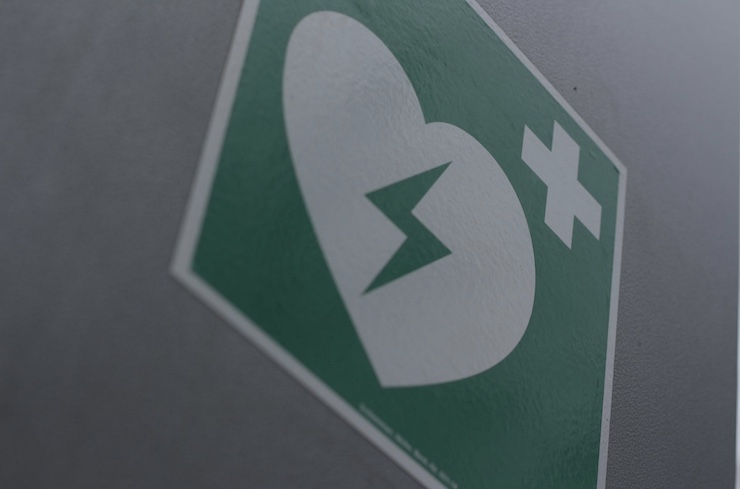
A person that suffers a heart attack outside of a hospital setting requires prompt attention to avoid permanent physical damage or death. Treatment by means of cardiopulmonary resuscitation (CPR) and early defibrillation with an automated external defibrillator (AED) is essential for increasing chances of survival. Victims that receive such treatment within the first 3-5 minutes of cardiac arrest can improve their survival rate by 30%-50%, studies show. But despite some notable improvement in emergency ambulance responses in recent years, the vast majority of heart attack victims, especially those suffering cardiac arrest in a private home, perish before first responders arrive.
How can heart attack victims receive more prompt medical attention, boosting their chances of survival? With the help of drones, a recent study shows.
Researchers in Sweden tested the response times of drones and ambulances head-to-head in a study conducted between April 2021 and May 2022. Several hundred victims reported cardiac arrests during this period and the two types of aircraft equipped with AEDs and directions for their use were dispatched to the scene.
The drones outperformed the ambulances, on average, by 3 minutes and 10 seconds, an advantage that could well be life-saving. None of the victims lost their lives but the drones allowed for more rapid defibrillation and recuperation once the victims were treated at local hospitals.
The study findings, scheduled to be published next month in the medical research journal, The Lancet, build on the results of an earlier 4-month pilot study conducted by the same researchers back in 2020. In that study, drones outperformed ambulances in just 7 of 11 cases, and in those cases arrived more quickly by a much shorter margin – less than 2 minutes.
In their larger follow-up study, the researchers improved the drone dispatch system, allowing for a much faster response time. The ambulance response time remained largely unimproved.
While highly promising, the latest results do not actually prove that drone AED delivery can lead to a reduced loss of life. One key issue that remains untested is whether on-site use of AEDs by untrained bystanders to the victim can allow for more rapid treatment.
Future tests might also further improve upon the drone emergency response system. In the first pilot study, dispatch centers received an emergency call, indicating a possible out-of-hospital cardiac arrest, and an automatic alert was then sent to a drone pilot. The remote pilot engaged in pre-flight checks and route-planning procedures and then solicited telephone permission from local air-traffic control to dispatch the drone to the coordinates of the reported incident.
With additional regulatory permission, drones might be routed and flown to reported cardiac arrest sites more automatically, with fewer pre-flight checks and permissions required. Another factor is population density. In the two pilot studies, between 80,000 and 100,000 local inhabitants were present in the area of drone and ambulance operation, necessitating safety checks and flight monitoring that may be less necessary in remote and less populated rural areas.
The Swedish study is only the latest such test of drones and AEFD use. Additional studies conducted in France, the UK, Germany, Ireland and Canada have found even greater response advantages from drone use. Studies have also noted the potential impact of technology, terrain, distance and weather conditions on the relative utility of one delivery method over another.
Drones could have superior value over ambulances when roads are inaccessible while heavy rain and winds might make drone flights unfeasible. Regulatory restrictions – including no-flight zones near airports – as well as limitations on battery power over long distances could also hamper drone use.
|